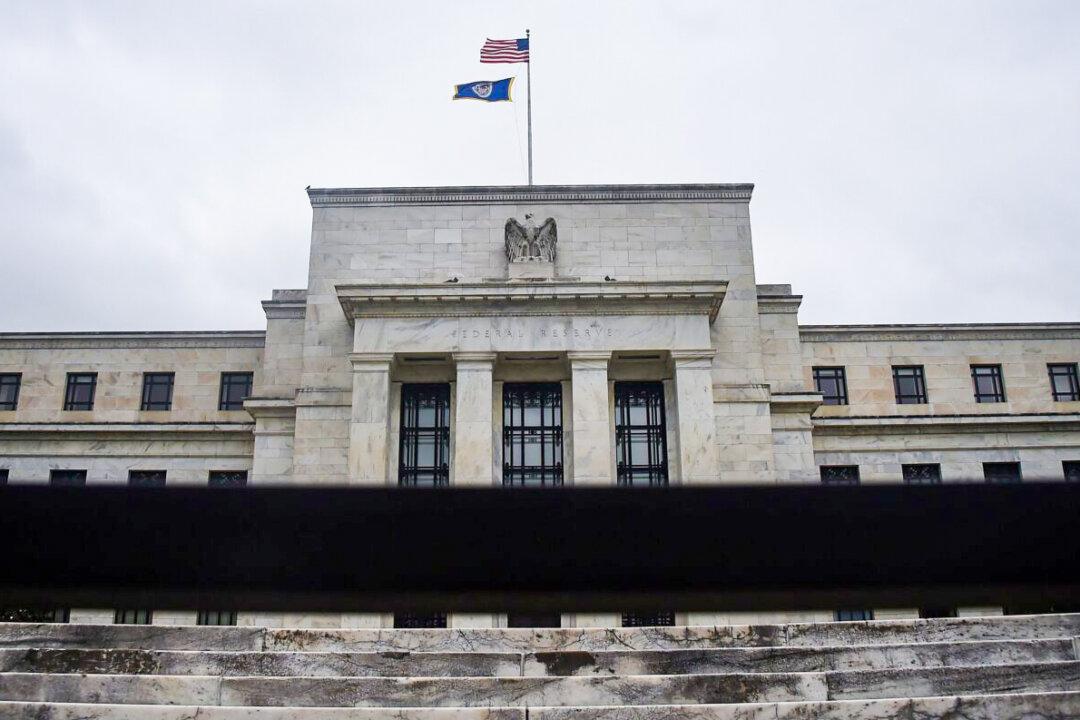The U.S. bond market on June 29 moved to price in an anticipated move by the Federal Reserve to cut the interest rate by a half-point in early 2023 after traders predicted that a likely recession would eventually force the central banks to slow down its aggressive tightening policies.
Fed Could Cut Interest Rates Early Next Year, Analysts Say

The Federal Reserve building is seen through a fence in Washington on June 17, 2020. Olivier Douliery/AFP via Getty Images




